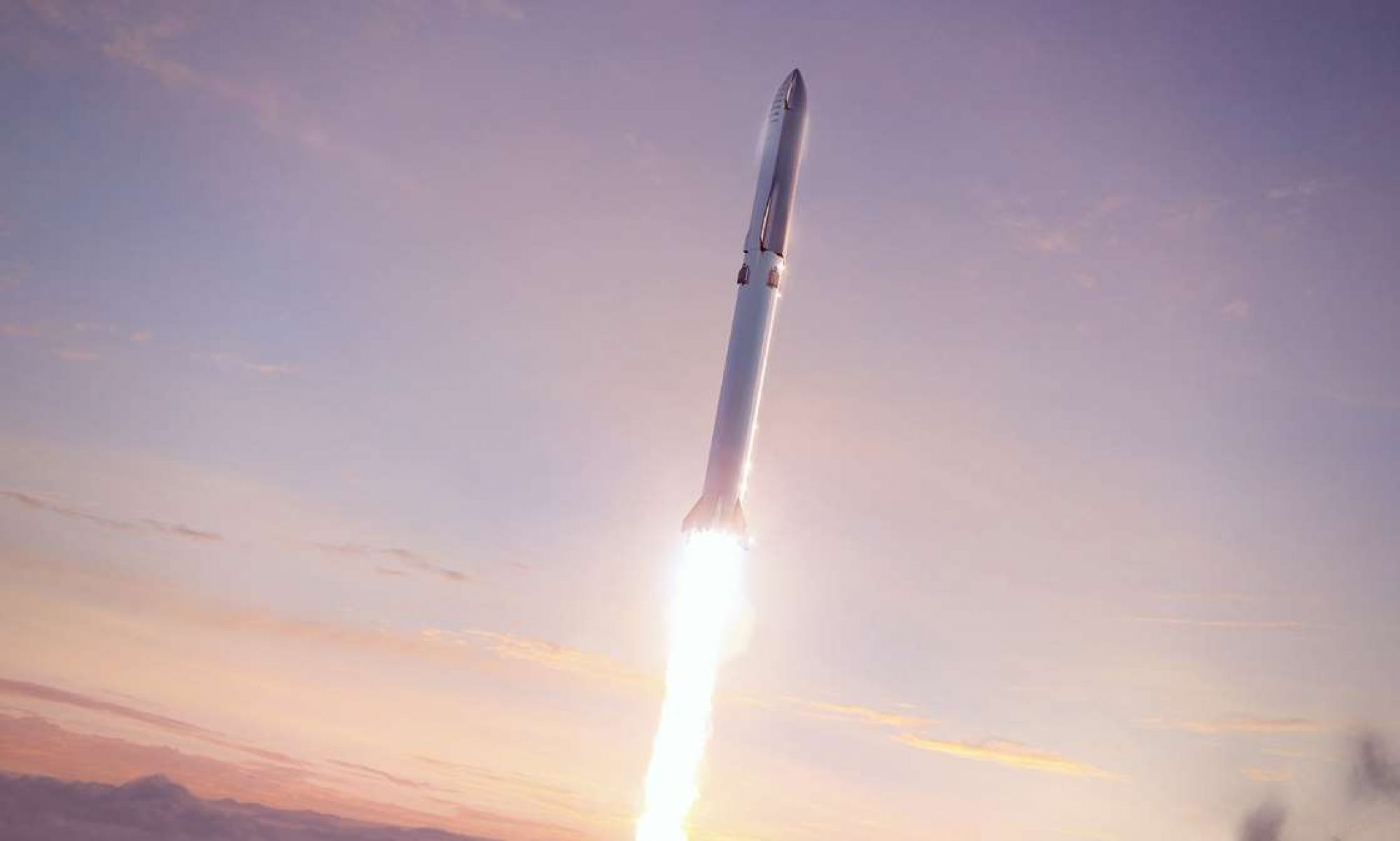A reverse chronological order anthology of my recent posts on the Falcon Heavy announcement and the plans of the Mars Society for a minimalist mission.
SpaceX to Mars! …go Mars-Soc!
SpaceX to Mars? …first discussion of the minimalist Mars mission of Mars Society.
Mars – the New World! …why Mars is the New World of our half millennium now the Old World is fully reached.
Falcon Heavy to the Moon! – Part 2 …elaboration on Moon Base operations.
Falcon Heavy to the Moon! …first mention of the Falcon Heavy Tanker concept.
Beyond the Moon via Falcon Heavy …a revised post about the Falcon 9 Heavy in light of the new version. Posted after the Moon Base discussion, but begun first.
